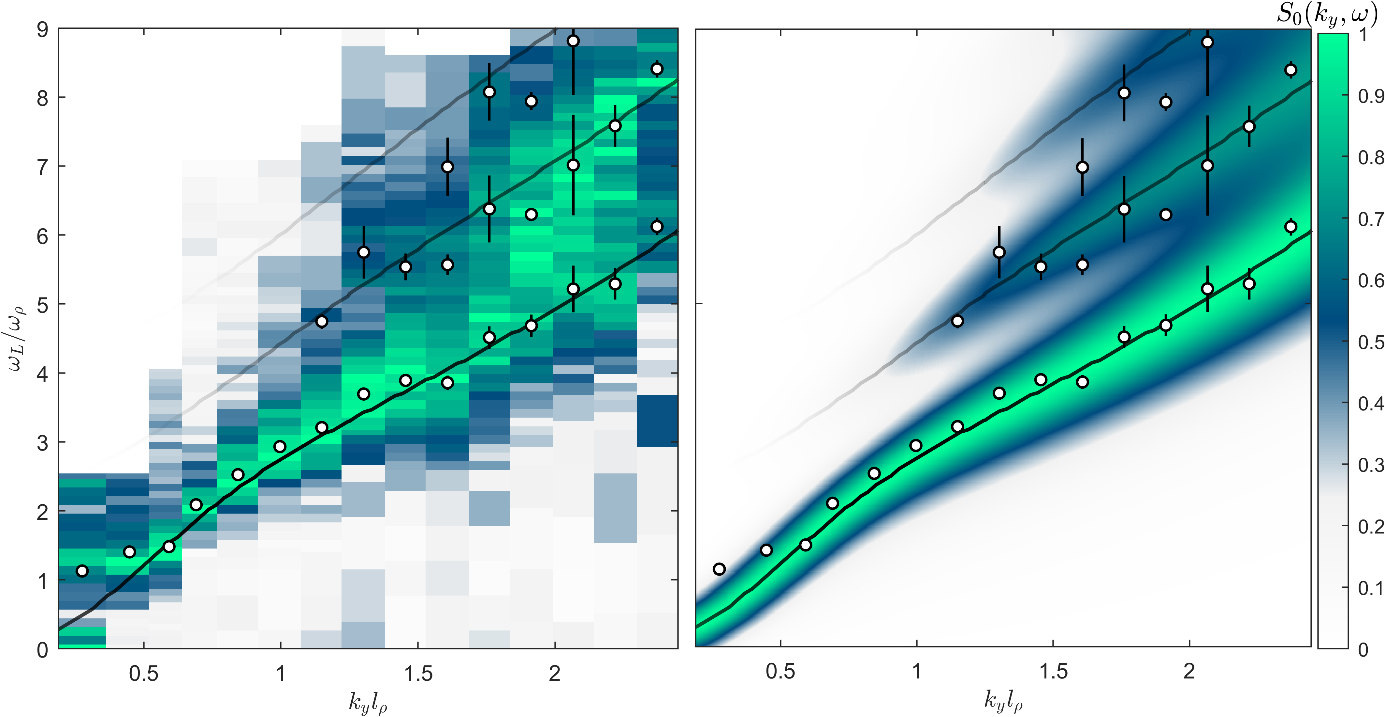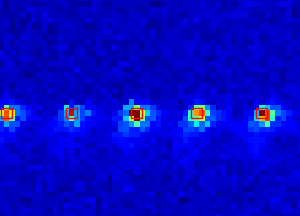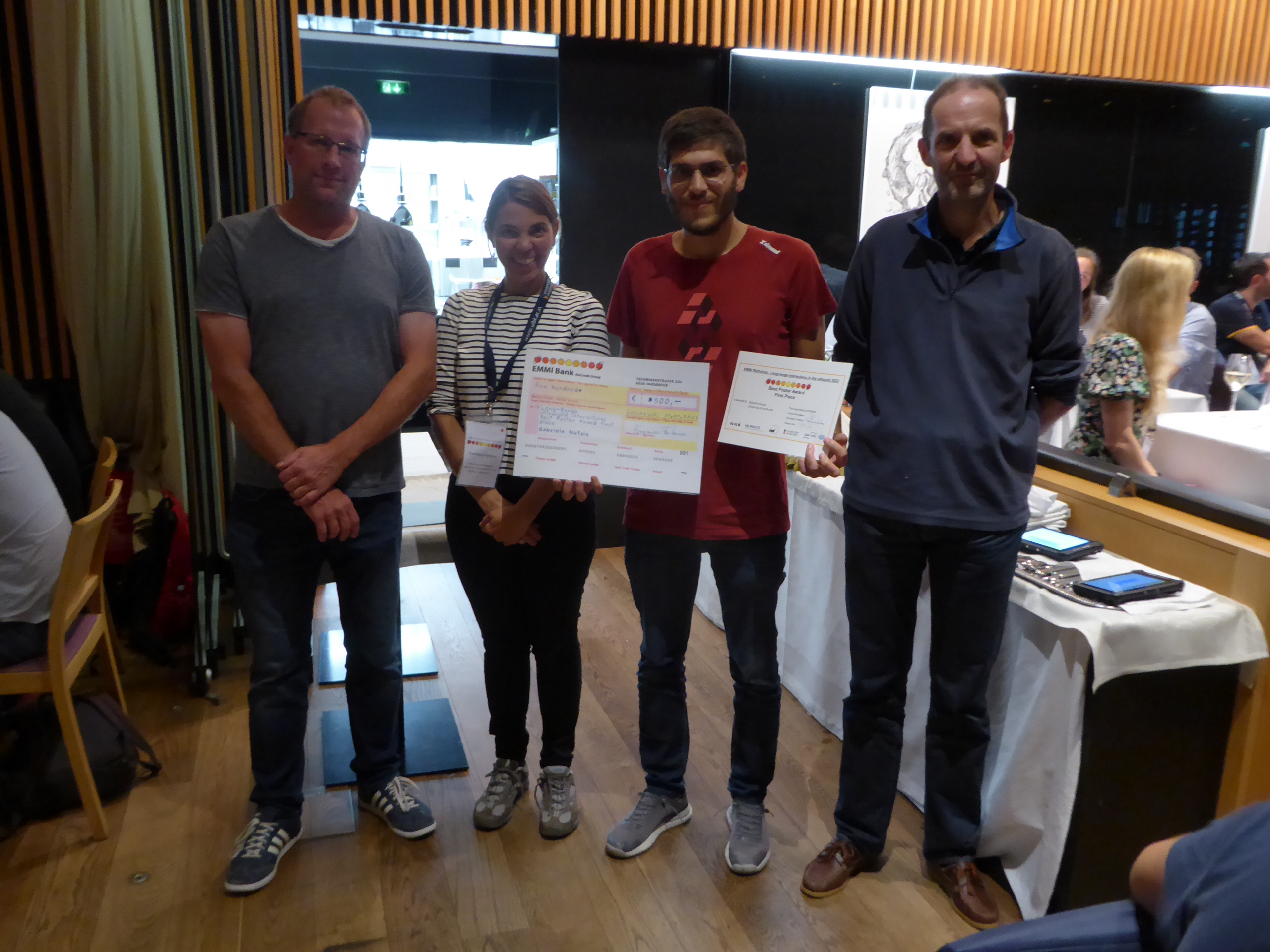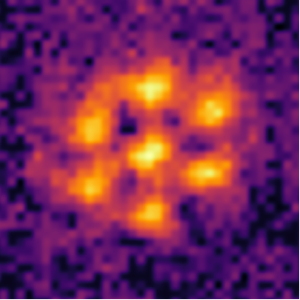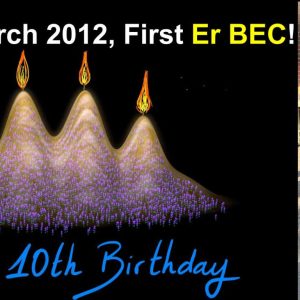Now published in PRL! Together with collaborators from the University of Otago, we present the the excitation spectrum of Erbium at the crossover from a Bose-Einstein condensate to a trapped macrodroplet. The measurements coincide well with the predictions and confirm the peculiar features of this spectrum: a strong upward shift in energy at low momentum and the appearance of multiple excitation branches at higher momentum. It turns out that these features can be explained by the tendency of the excitations to avoid the central dense part of the droplet and by becoming more like ripples moving over the surface of a droplet!
Read it in Physical Review Letters, Phys. Rev. Lett. 132, 103401, and see the pre-print here: arXiv:2308.00003.

